You can’t ever be fully prepared for the unexpected, but it’s nice to have extra cash on hand in the case of an emergency. By preparing and saving now, you can help prevent a financial headache the next time something you don’t anticipate comes your way.
What is an emergency fund?
An emergency fund is exactly as it sounds, money set aside to cover unanticipated expenses. While you may feel like an emergency fund could be used to cover that new couch you’re obsessed with, that is not its true purpose. Additionally, your emergency fund should not be used to pay off debt. Emergency funds should cover unexpected expenses for reasons such as unemployment, medical bills, home repair, auto repair, etc.
Why do I need an emergency fund?
Having an emergency fund can help you avoid accumulating or increasing debt in a time of crisis. Without an emergency fund, you’re reliant upon credit cards and loans to cover your expenses. It’s nice to have a financial buffer for yourself in a time of need.
How much money should I save?
There’s not a one-size-fits-all answer to determining how much should be saved in an emergency fund. This will vary from person-to-person based on income, spending habits, dependents and people’s general comfort levels. The general rule of thumb is to save 3-6 months’ worth of living expenses in your emergency fund. Again, based on your expenses and spending habits you may want to save more or less than this, but having a cushion in a time of crisis is super helpful.
Where should I save the money?
Because the nature of the fund is emergency-based, it’s important to be able to access your money should the need arise. With this in mind, you should keep this money in a savings account, like a Cobalt Share Savings account. Our Share Savings account allows you to access your money when you need it, while earning interest at the same time. Additionally, enrolling in the Cobalt Round Up program is an easy way to save. When you make a purchase with your Cobalt debit card, we’ll round the purchase price up to the nearest dollar and deposit the change in your savings. It’s a great way to grow your savings without even thinking about it.
How should I get started saving?
- Determine how much to save – You should first start by determining your expenses for 6 months, this will tell you how much you need to save. Check out our free monthly budget worksheet to help you with this.
- Set a savings goal – Determine how much money you want to save each month and then transfer the money to the account where your emergency fund is being held. A good idea would be to transfer a predetermined amount of money immediately after you get paid, so you avoid spending it or forgetting to transfer it at a later date.
- Reevaluate and alter your saving – After a few months you may realize that you’re not leaving yourself with enough extra cash, and may have to decrease the amount you’re putting in your emergency fund. On the other hand, you may have excess cash and be able to contribute more to your fund. You’ll have to figure out what works for you.

